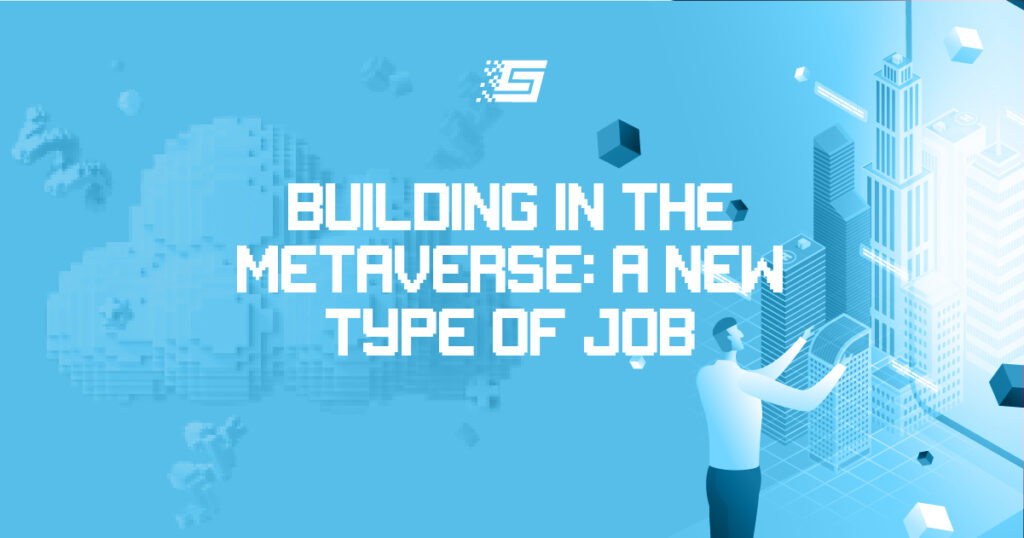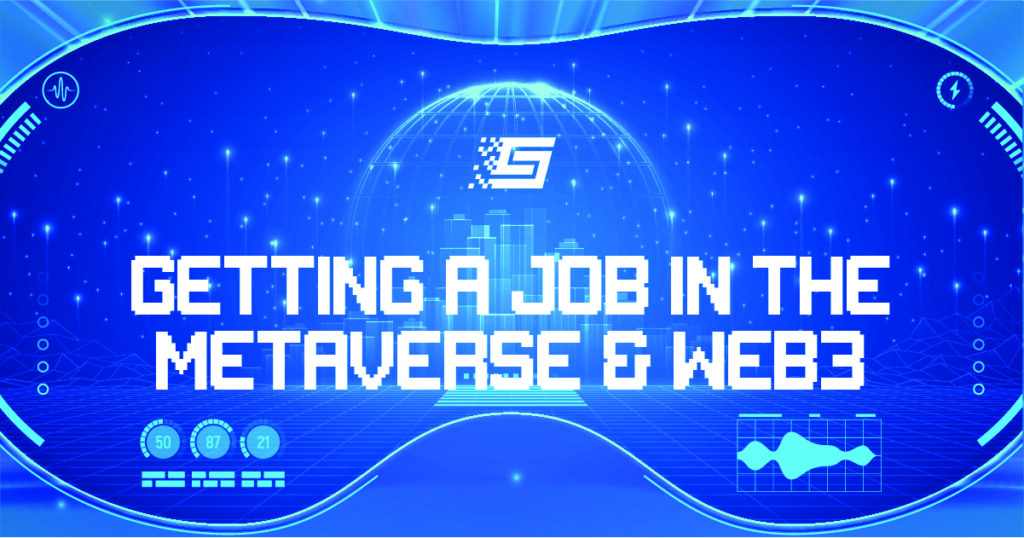Three Reasons Blockchain Gaming Will Takeover the World
The games industry has taken the world by storm recently, with computers and other devices now able to support online gaming and its developments sufficiently.
The concept of blockchain gaming and play-2-earn is rapidly evolving into something that gamers all over the world can easily participate in.
Here, we want to outline three major factors contributing to the rise of blockchain gaming and how this next-generational phenomenon will transform many of our lives in the near future.
RELIABILITY FOR DEVELOPERS
SAFETY & SECURITY
Hackers are drawn to attacking centralized servers as it’s just a stationary target. If they can get through the encryption, all of the assets stored on that server are theirs for the taking.
Blockchain technology can change that. When buying digital collectibles in a blockchain-based game, you can store these items securely in a crypto wallet.
The gaming platforms operate using extremely powerful data encryption technology, so all token transactions are secure. With today’s computing technology, it’s literally impossible to hack this kind of data encryption.
Since there is no central server to destroy, hackers can’t destroy decentralized blockchain networks.
An open ledger of every transaction also helps to prevent fraud, and a public blockchain gives everyone access to information on all transactions.
Nodes run the distributed databases shared across computer networks. Each node contains the complete information on the database.
Hackers wouldn’t be able to delete or adjust a network’s transaction history on the blockchain, and a DDoS (Distributed Denial of Service) attack doesn’t work against these networks.
Blockchain uses ‘Proof of Work’ (POW) or similar consensus algorithms to maintain a secure network. With these mechanisms in place, a game entrepreneur and developer’s environment is generally very safe.
CRYPTOCURRENCIES FOR IN-GAME PURCHASES
Game developers can build features that enable players to make in-platform purchases made in cryptocurrencies.
This means nobody needs to wait for payment providers or any 3rd party entity acting as a middle man to process fiat currency transactions. Instead, with the option of using cryptocurrency, game collectibles can be purchased instantaneously.
Also, gamers benefit from a substantial reduction in the high fees that payment providers usually charge, so they are more likely to buy in-game assets.
ASSETS
OWNERSHIP OF IN-GAME ASSETS
When a gamer collects something in a blockchain game, that digital asset is theirs; assets are tied to the player, not the game.
A blockchain-based game uses smart contracts for governing the transactions made within the game’s ecosystem.
These contracts are irreversible and are executed automatically once the conditions coded into them have been fulfilled, with all the results recorded on a decentralized blockchain.
The records are immutable. No centralized agent can change the public addresses of where the assets reside. Therefore, changing the ownership of in-game assets is not possible.
NFTs & INTEROPERABILITY
Underpinning the interoperable vision of the gaming world are non-fungible tokens (NFTs). They form the backbone of virtual economies operating in blockchain games.
NFTs endow gamers with verifiable ownership inscribed in the blockchain, allowing players to take their assets into another game or app. This is a key point differentiating blockchain gaming from traditional games, where virtual assets are trapped in walled gardens created by the game developers.
The option of taking purchased digital assets out of one game and into another gives a higher level of value and ownership to collectibles than the free-to-play models of today.
What’s more, when digital identity is persistent and transferable, completely new forms of self-expression, culture, and society will result.
CREATION OF RARER IN-GAME ASSETS
Rarer digital collectibles attract higher prices, driving up the revenue of the gaming sector.
Smart contracts on the blockchain can be a perfect way to make the “if-then-else” scenario that produces rarer in-game assets from certain types of interactions.
PROJECTION OF VALUE
If you build a game that is interesting enough on the blockchain, the players will soon project real value on intangible digital items within it.
With a game that’s fun, incredible volumes of sales can be made in a short time, as we saw with Canadian-based Axiom Zen. They launched CryptoKitties on November 28th, 2017. In just over a week, its users had already spent $6.7 million on the game.
Axie Infinity became the first NFT series to make $4 billion in sales volume. More than 2.8 million addresses currently hold over 11 million Axies in total, NFTs that players breed and battle. Furthermore, 97% hold the minimum of three Axies needed in order to play the game.
FULL CONTROL FOR GAMERS
GREATER CONTROL OVER FAVORITE GAMES
With blockchain games, players can control their digital accounts as well as their assets. They can trade, sell or gift them as they choose, enjoying the freedom of interacting with the game’s economy in any way they like, and can even use them in competitors’ games.
In-game assets are represented by digital tokens, and thus, can be traded freely. Players can use the digital items they collect in any market running on the blockchain.
Without the consensus of players within the game’s community, a blockchain dapp game can’t be shut down unilaterally or be changed at all.
Blockchain-based games are open-source. This means the code of any game is viewable by anyone. The open-source code allows you to fork and start with a base code. Therefore, you won’t necessarily need to start from scratch if you want to try your hand at developing a game.
PLAYER & DEVELOPER COLLABORATION
Traditional games run on a centralized model whereby the studios are in control, making the rules for players.
Blockchain is causing a big upheaval of the traditional gaming industry, enabling open communication between game developers and the players. Blockchain apps rely on the community consensus rather than the traditional ‘from the top-down’ design to decide upon developments.
Players actually get to vote on potential changes in the game. The developer must make the changes once the majority vote that modifications should take place in the game.
Many games will implement this model through the use of “governance” tokens. These give players the power to have their say and make decisions on an autonomously run dapp.
Written by:
Tyler Monette
Follow me on Twitter


